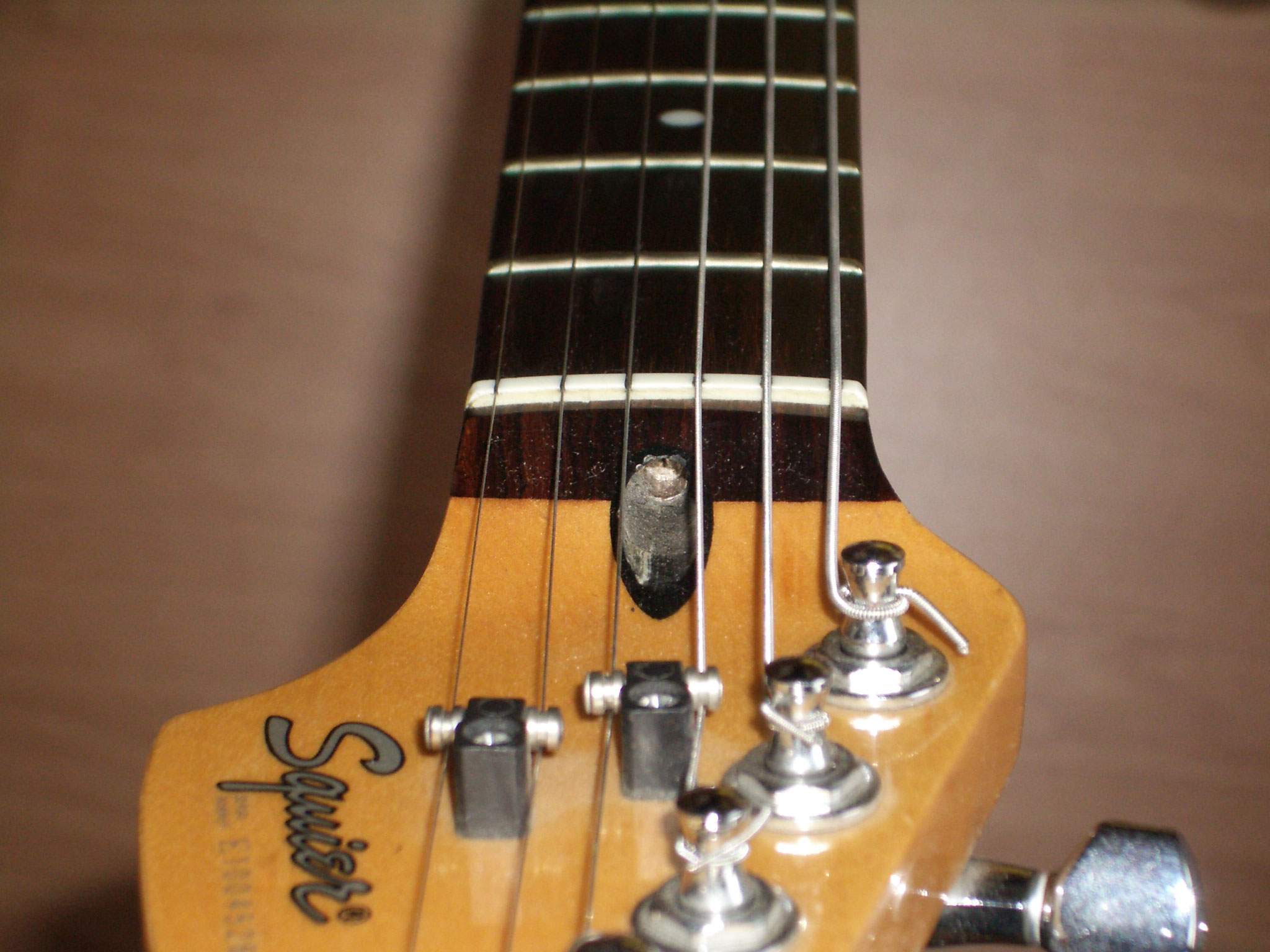This is it: the glorious, rock-solid monster that anchors your entire workshop and changes the game forever.

It puts a decisive end to the familiar, frustrating reality for so many of us: that slight wobble you try to ignore, the cluttered benchtop that forces you into awkward angles, the constant, low-level fear that one slip could turn a precise job into a disaster. Every stroke matters with a file, and if the very foundation holding your work is moving, your accuracy suffers. The noise, the feel… it’s enough to drive you mad. This isn’t just an inconvenience; it’s a corrosive agent that fundamentally undermines your confidence and focus. You’re fighting your environment instead of mastering your craft.
📚 The Master’s Vision for a Flawless Workflow
To solve a foundational problem, we look to a master. Dan Erlewine didn’t just accept the limitations of a traditional workbench; he reimagined the very hub of the workshop. In this video, he lays out his thesis for why a dedicated, stable, and adaptable workstation is not a luxury, but an absolute necessity for professional-level work.

🏆 The Three Pillars of a Professional Foundation
The genius of the ShopStand lies in how it systematically dismantles the core problems of a hobbyist setup. It’s built on three pillars that create a truly professional foundation.
- Reclaim Your Workshop (The Space-Saver).
For a smaller shop, bench space is prime real estate. The ShopStand solves the “real estate crisis” by replacing a bulky, space-hogging bench with a tiny footprint. You no longer have to sacrifice half your workshop to permanently-stationed power tools; the ShopStand becomes a hot-swappable hub, maximizing every square foot. - The End of ‘Wobble-Induced’ Fear (The Stabilizer).
Bolted directly to your floor, this heavy-duty, rock-steady column is the ultimate confidence booster. The constant, subconscious micro-corrections you make on a wobbly surface vanish. That fear of slipping is replaced by the profound stability needed for the most delicate and demanding tasks. - Bring the Work to You (The Ergonomic Hub).
With a height adjustment range of 27″ to 36″, the ShopStand adapts to you, not the other way around. It eliminates the “shop floor shuffle” of bending and hauling tools. Even better, it unlocks 360-degree access, allowing you to move completely around the workpiece without bumping into a bench—a game-changer for shaping necks or buffing a body.
🛠️ The System in Action: From Fretwork to Final Polish
The “Aha!” moment comes when you realize this isn’t just a stand; it’s a modular system. A task that used to be a frustrating, multi-step “unclamp-flip-reclamp” dance suddenly becomes fluid and intuitive.
- Precision Fret & Setup Work: With a neck jig locked into the Guitar Repair Vise, you can tip the instrument into the perfect playing position and orbit the work, inspecting every angle without breaking focus.
- Effortless Nut & Saddle Shaping: As Dan demonstrates, you can clamp a belt sander into the Angle Vise, bringing the tool to the perfect height for comfortable, precise shaping.
- Flawless Buffing: The stand’s rigidity makes it the “perfect buffing stand.” It provides the stable base needed to apply Dan’s “Gibson secret”—keeping the piece moving in a circular motion, like steering a car, to achieve a beautiful, streak-free finish.
💰 The Investment: Forging Your Workshop’s Central Hub
Let’s be direct: this is a serious tool at a serious price. You could probably try to build one yourself if you have a welder and time to burn on grinding, drilling, and painting. But that’s a fair bit of work that pulls you away from the actual craft of lutherie. The real argument for a “buy once, cry once” tool like this is about what you’re truly investing in.
This isn’t just an expense; it’s an investment in confidence. It’s the aesthetic and functional upgrade that professionalizes your space. It’s knowing that if it’s good enough for Dan Erlewine, it’s good enough for you. You can build your ultimate workstation starting with the cornerstone: the Erlewine ShopStand. And remember, StewMac often has “SAVE WITH THE SET!” bundles that package the stand with the essential vises for a better value.
✨ The Payoff: The Feeling of “The Real Deal”
After you bolt this to your floor and complete your first major job, the lasting feeling isn’t just satisfaction with the work. It’s an ascension. You’ve eliminated the amateur’s biggest variable—an unstable environment—and have earned the right to see yourself differently. Suddenly, you feel you can take on more complex jobs, to demand more precision from yourself. It’s the moment you stop feeling like a hobbyist and start thinking like a professional. You become the quasi-professional, and the path to becoming the real thing is finally clear.
What’s the one tool that transformed your workshop from a hobby space to a pro-level environment? Share your story below.




